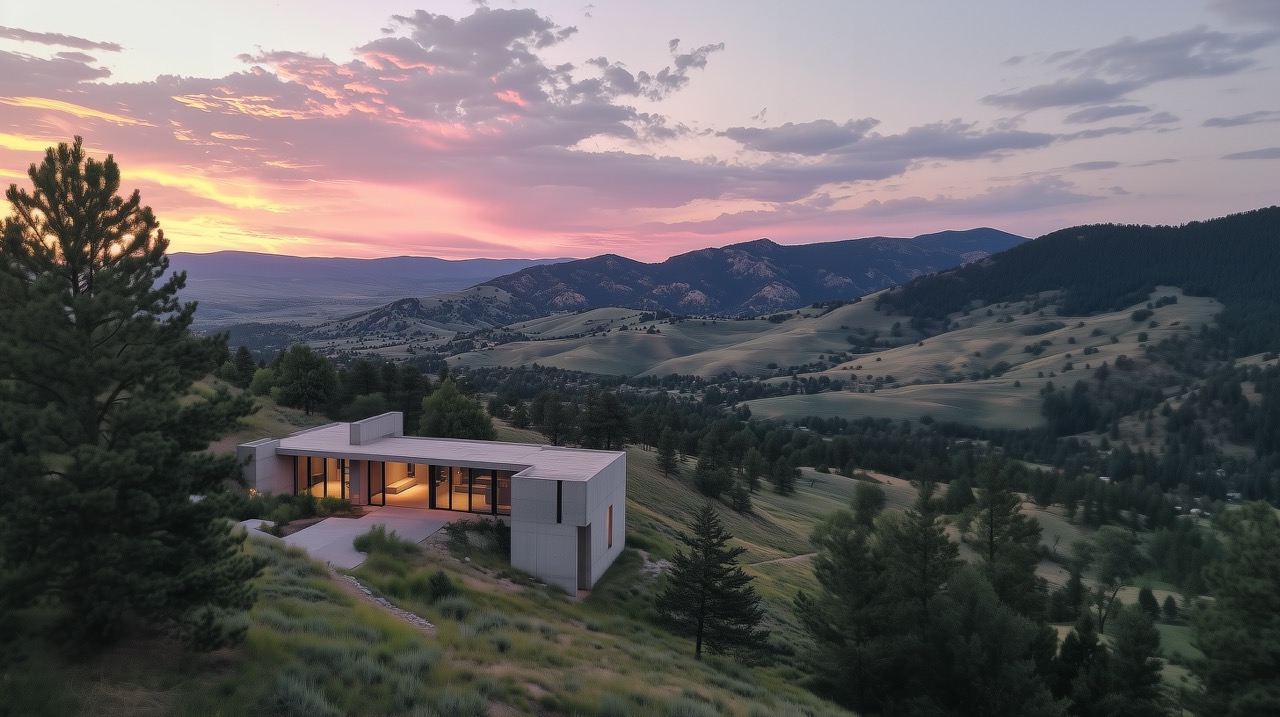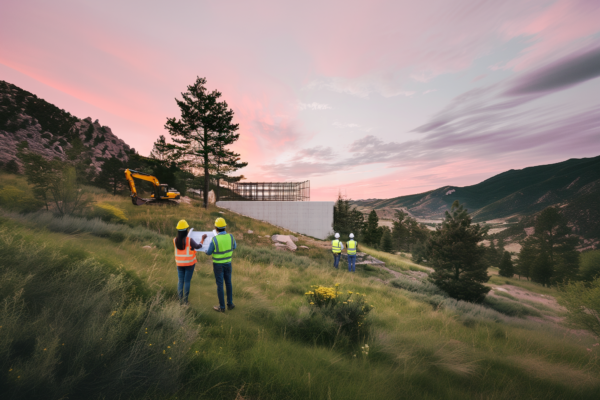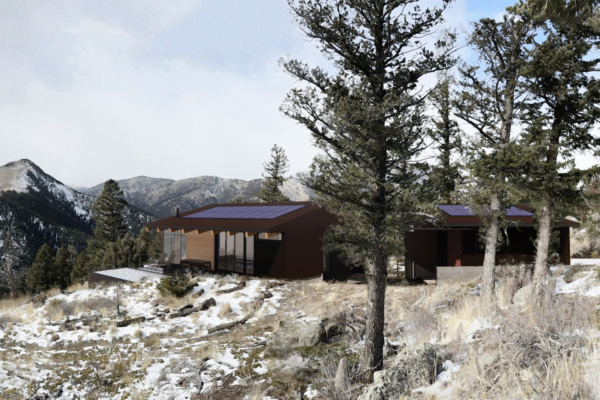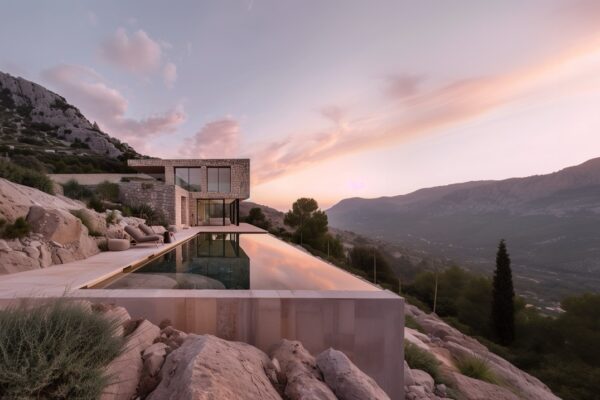Luxury Modern Transitional Homes: Blending Classic and Contemporary Design
I’ve always been captivated by the way classic and contemporary design elements can harmonize, creating spaces that exude both warmth and refinement. Over the years, I’ve found that luxury modern transitional homes strike that perfect balance—bringing together the traditional touches many of us cherish with the clean lines and simplicity of modern design. The result is a home that feels both timeless and on-trend, comfortable yet undeniably chic.
What Defines a Luxury Modern Transitional Home?
A luxury modern transitional home merges classic architectural details—like crown molding, wainscoting, or paneling—with an open, streamlined layout. Think warm wood tones paired with sleek finishes, or marble countertops complemented by minimalist hardware. In my experience, this style allows for endless creativity, as you can layer in traditional motifs without feeling overly formal or fussy.
Beyond appearances, transitional design also prioritizes comfort and functionality. Homeowners who gravitate toward this style often seek a blend of sophistication and everyday livability. You might see living spaces that incorporate plush seating with refined metal or glass accents—making the room both elegant and practical for daily use.
Balancing Classic and Modern
When it comes to blending traditional and contemporary elements, the key is subtlety. I like to preserve essential architectural details—such as coffered ceilings or trim—while introducing modern lighting and open-concept layouts. The overall look remains warm, but with cleaner lines and less ornamentation. In doing so, each space feels updated without losing that sense of heritage and charm.
To achieve balance, consider the visual weight of each element. For example, if you have a statement stone fireplace that leans traditional, you might offset it with streamlined furniture featuring sleek metal frames. Conversely, a home dominated by crisp, minimalist walls can benefit from classic touches like detailed crown molding or a grand staircase. The idea is to avoid visual competition—one style shouldn’t overshadow the other.
Key Elements of Modern Transitional Design
- Neutral Color Palettes: Warm whites, taupes, greiges, and muted blues form a calming backdrop. These tones are versatile and can be layered with accent colors or materials to reflect personal taste.
- Mixed Textures: Incorporate wood, metal, glass, and stone for visual interest. This juxtaposition of textures lends depth to a room, preventing it from feeling one-dimensional.
- Refined Architectural Details: Crown molding, paneling, or wainscoting can be included, but in simpler profiles that complement more modern furnishings.
- Sleek Yet Classic Furniture: Opt for plush seating with subtle curves, balanced by modern accents like chrome or brass hardware.
I often emphasize the importance of negative space in transitional design. Even with classic details, rooms shouldn’t feel overstuffed or busy. By allowing some open areas, you give the eye a chance to rest, which keeps the overall aesthetic clean and welcoming.
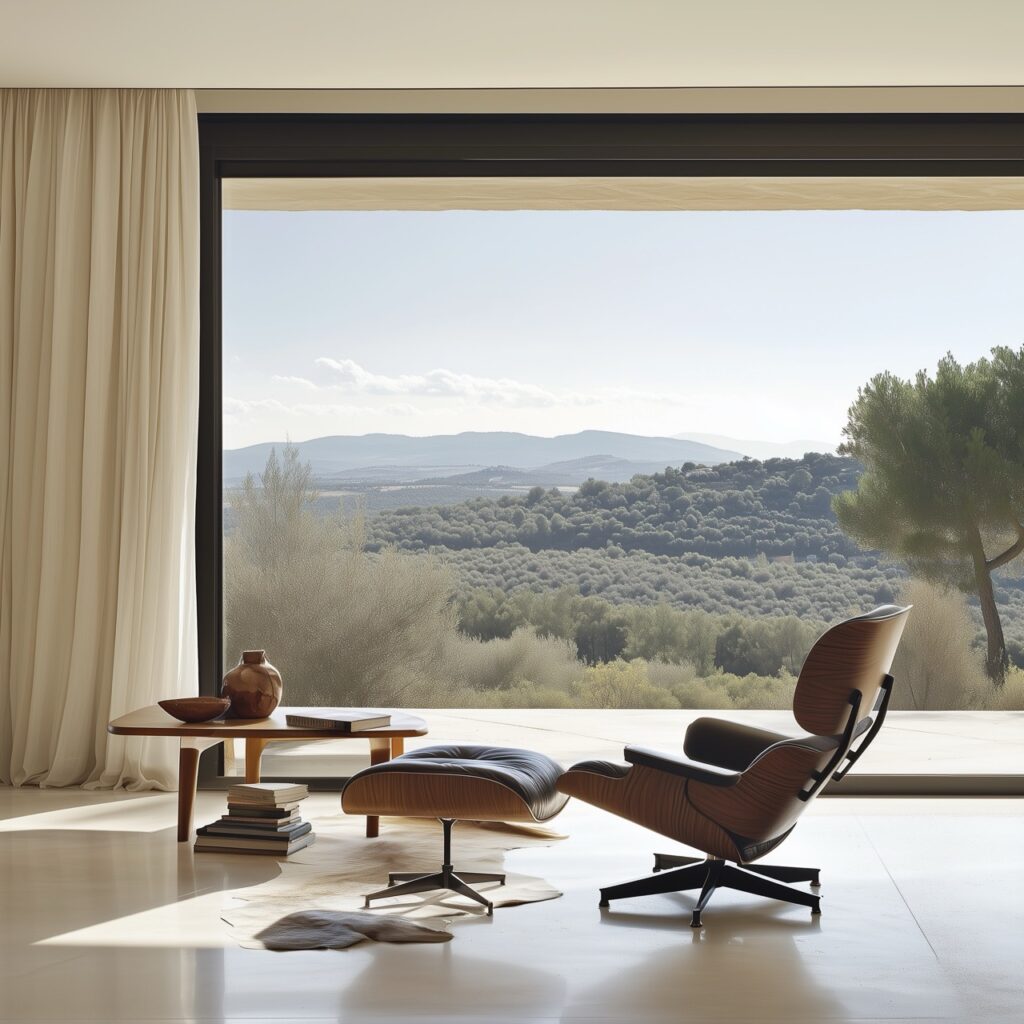
Materials That Elevate the Style
I often reach for stone, wood, marble, metal, and glass—sometimes combining matte and polished finishes to add depth. Whether it’s a marble waterfall island in the kitchen or custom wood paneling in the living room, these choices highlight both craftsmanship and contemporary flair. When introducing high-end materials, I also consider sustainability and durability—this ensures that the design remains resilient for years to come.
- Natural Stone: Marble, quartzite, or granite can ground a space, acting as a dramatic focal point in kitchens or bathrooms.
- Reclaimed Wood: Adds warmth and character, nodding to classic design while fulfilling modern sustainability goals.
- Metals: Brass, chrome, brushed nickel, or even mixed metals can introduce a modern sparkle. Careful pairing of metal finishes ensures a cohesive look.
- Glass: Whether in railings, tabletops, or light fixtures, glass surfaces contribute to a sense of openness and contemporary minimalism.
Creating a Seamless Blend
In my projects, transitional homes often feature:
- Traditional Elements: Crown molding, wainscoting, or paneling provide classic charm.
- Modern Accessories: Bold light fixtures, open shelving, or sleek hardware create visual contrast.
- Open Layouts: Airy spaces that still feel defined through architectural details like ceiling treatments or columns.
The real art lies in choosing where to lean classic and where to go modern. A living room might have an ornate stone fireplace but pair it with minimalist furnishings to keep the space balanced. In a bedroom, a tufted headboard can coexist with simple nightstands and modern lighting, striking that perfect harmony between cozy and sleek.
Exploring Historical Influences
While transitional design is often touted as a contemporary approach, it’s deeply rooted in historical architecture. Classic styles like Georgian, Colonial, and Victorian introduced rich detailing and symmetrical layouts. Modernism, on the other hand, championed open spaces, functional lines, and minimal ornamentation. Transitional style merges these influences—preserving the best of each era to create a new, timeless category.
In many luxury modern transitional homes, you’ll notice a nod to European-inspired craftsmanship—like intricately carved moldings or artisanal stonework—juxtaposed with a straightforward, uncluttered floor plan typical of mid-century modern or contemporary designs. This cross-era collaboration honors architectural heritage without feeling dated.
Color Schemes and Resale Value
Soft neutrals remain the foundation of transitional interiors. From my perspective, these hues—combined with a few richer accent tones—create a versatile canvas that appeals to a wide range of tastes. Because it’s neither ultra-traditional nor starkly modern, a transitional home holds its value longer and attracts buyers who appreciate both comfort and sophistication.
- Warm Whites: Ivory or cream walls provide a sense of freshness while showcasing art or statement furniture.
- Earthy Grays: Shades like “greige” or mushroom gray act as soothing backdrops for textured textiles and metallic accents.
- Gentle Blues: Muted aqua or slate can add a subtle pop of color, evoking tranquility.
In higher-end properties, owners may choose to incorporate bolder palettes in accent walls or in carefully selected decor pieces. This approach can add personality while preserving the essential neutrality that makes transitional interiors so flexible.
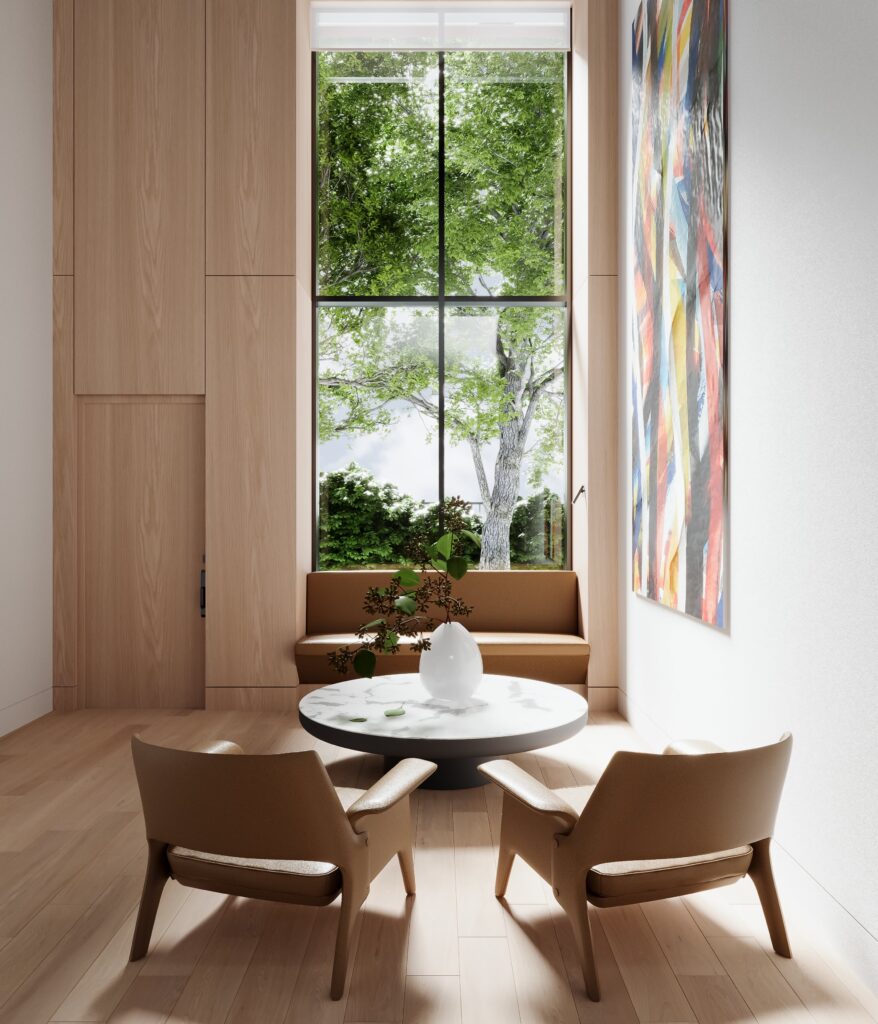
Furniture and Lighting Choices
Transitional spaces truly come alive when you blend styles and materials. A classic sofa with tufted upholstery can be paired with a sleek metal coffee table. For lighting, statement chandeliers, mixed-metal pendant lights, and layered illumination (including sconces and recessed lighting) add both warmth and visual interest. I love the way these touches can elevate a room from functional to unforgettable.
Layered lighting is particularly significant—ambient, task, and accent lighting each serve distinct purposes. Ambient lighting brightens the entire room, task lighting focuses on specific areas (like a reading nook or kitchen island), and accent lighting highlights architectural details or artwork. This approach ensures both practicality and aesthetic impact.
Popular Floor Plans for Transitional Homes
While open-concept living is common, subtle dividers—like ceiling beams or partial walls—maintain a sense of distinct areas. High ceilings, spacious primary suites, and spa-like bathrooms often define the luxury element. By balancing openness with architectural interest, you can create a flow that feels both unified and elegantly zoned.
- Open-Concept Kitchen and Living: Encourages family gatherings and easy entertaining, yet can be visually divided by a coffered ceiling or change in flooring.
- Formal Yet Accessible Dining: Allows a transition from the kitchen to a separate dining area without fully enclosing the space.
- Flexible Rooms: A space might function as a home office now but convert to a guest room or hobby area down the line.
The beauty of transitional layouts is that they avoid feeling cramped or overly compartmentalized. Instead, each zone serves a purpose while contributing to the cohesive whole.

Adding Character and Smart Tech
Custom built-ins, statement fireplaces, and thoughtful molding details bring warmth and character to a transitional home. To integrate smart home technology—like automated lighting or climate control—I recommend discreet systems that don’t clash with the clean aesthetic. Tucking away cords and controls keeps the look polished. For example, hidden charging stations and integrated speakers maintain an uncluttered vibe while delivering modern convenience.
On the tech side, consider features like:
- Motorized Window Treatments: Preserving the transitional look without bulky cords.
- Smart Thermostats: Maintaining ideal temperatures efficiently.
- Integrated Security: Cameras and alarms that blend into the home’s design.
Indoor-Outdoor Harmony
One of my favorite ways to enhance transitional design is by blurring the line between indoors and outdoors. Large windows or sliding doors, combined with consistent flooring and complementary outdoor materials, create a natural flow that highlights both the home’s classic roots and modern openness. Imagine a living space that opens onto a covered patio featuring similar furniture silhouettes—this continuity can make the entire area feel larger and more inviting.
For landscaping, I like to choose plant species and layout designs that echo the home’s transitional feel—lush but well-curated, with a mixture of manicured shrubs and natural textures. This not only boosts curb appeal but also ensures that the outdoor space feels like an intentional extension of the interior.
Trends Shaping Luxury Transitional Design
Currently, I’m seeing a surge in:
- Layered Neutrals with Organic Textures: Linen, wool, and rattan accents for a grounded, earthy tone.
- Black-Framed Windows: A striking contrast against lighter interiors, hinting at modern industrial style while retaining a classic silhouette.
- Blended Indoor-Outdoor Living: Covered patios, glass walls, and extended entertaining areas that merge seamlessly with indoor spaces.
- Mixed Metals: Brass, chrome, and nickel used selectively for an eclectic yet cohesive feel.
While these trends add fresh appeal, they also fit naturally into the transitional ethos. Each fad can be adapted with subtlety, ensuring the home’s design remains timeless rather than fleeting.
Crafting Timelessness
Designing a timeless transitional home means choosing high-quality materials and focusing on thoughtful proportions. I’ve learned that the key is to embrace innovation without abandoning the classics. By selecting enduring finishes and mixing them with simpler, modern elements, you create a look that won’t feel dated a decade from now.
- Long-Lasting Materials: Opt for hardwood floors, durable tile, or stone that endures both stylistically and structurally.
- Balanced Proportions: Oversized furniture can overwhelm a room, while undersized pieces may look out of place. Strive for harmony in scale.
- Subtle Personalization: Family heirlooms or travel souvenirs can be tastefully integrated, adding charm without clashing with the overall design.
This approach preserves a sense of elegance and continuity. Clients often tell me how they still love their transitional spaces years after moving in, a testament to the style’s adaptability and classic appeal.
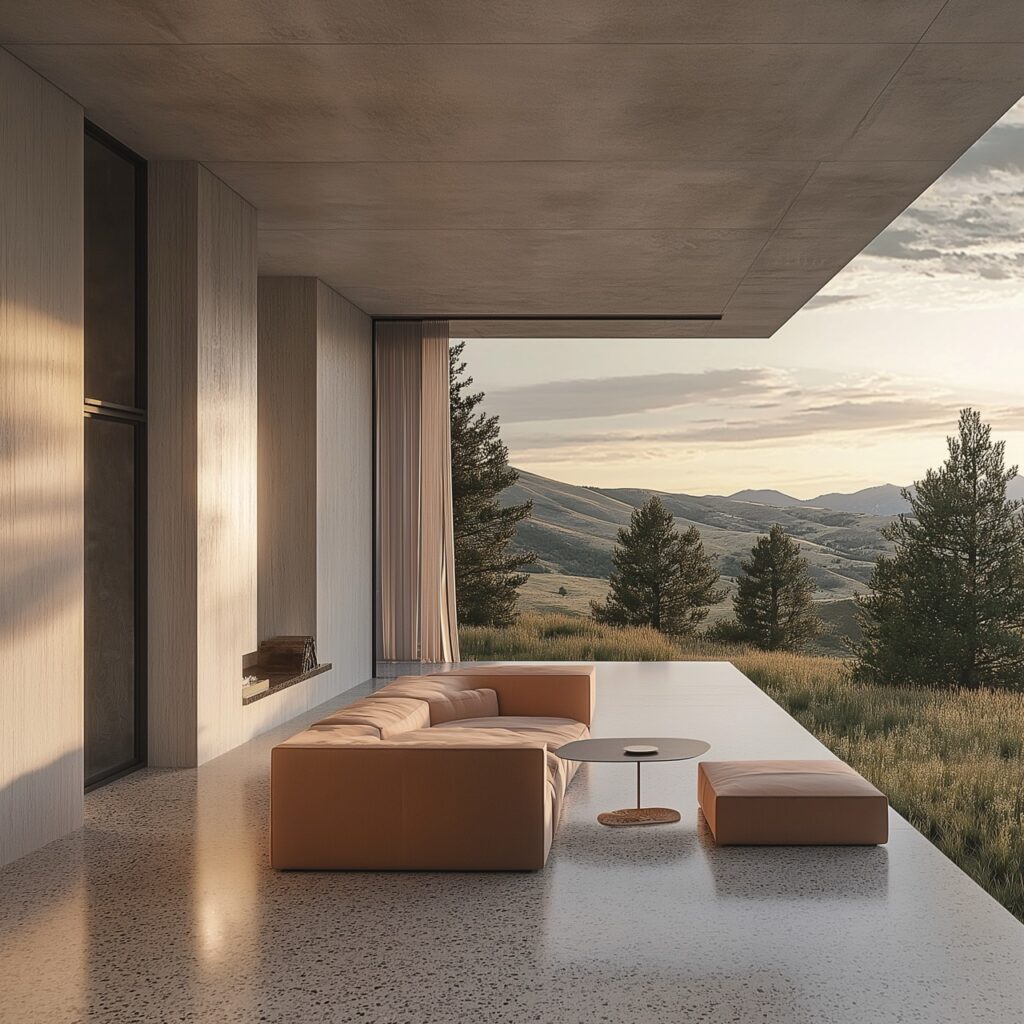
Educational Insights: Why Transitional Works
From an architectural standpoint, transitional design embraces the concept of “the best of both worlds.” It offers the grandeur and attention to detail of traditional architecture—arches, built-ins, decorative moldings—while leveraging the open, airy feel and functional flow of modern design. This duality can also be seen in the underlying design principles:
- Balance and Harmony: Transitional homes typically distribute visual weight evenly, whether that’s through symmetrical layouts or well-placed focal points.
- Contrast: The style thrives on contrast in finishes—matte vs. glossy, plush textiles vs. sleek surfaces—without clashing.
- Functionality: Underlying it all is a strong emphasis on practical living. Transitional designs accommodate evolving household needs, from multi-generational living to flexible work-from-home spaces.
Another educational angle is the market advantage. Homes that marry classical sensibilities with modern comforts tend to attract broader buyer interest, often leading to better resale opportunities. In markets that appreciate timeless designs, transitional homes offer a safe bet—neither locked into old-world charm nor chasing minimalistic or industrial extremes.
Final Thoughts
Luxury modern transitional homes offer the best of both worlds—comforting, classic features paired with the sleekness of contemporary design. I’ve seen how this synergy creates a welcoming yet elegant environment that feels relevant year after year. With carefully chosen materials, balanced color schemes, and refined details, you can achieve a home that embodies sophistication, warmth, and enduring style.
Remember that the heart of transitional design lies in harmony and personal expression. By thoughtfully weaving together elements of past and present, you craft spaces that not only look stunning but also adapt to changing lifestyles and tastes. Whether you’re drawn to ornate fireplaces, minimalist furniture, or a fusion of both, transitional style gives you the freedom to explore your own definition of luxury without sacrificing timeless appeal.

